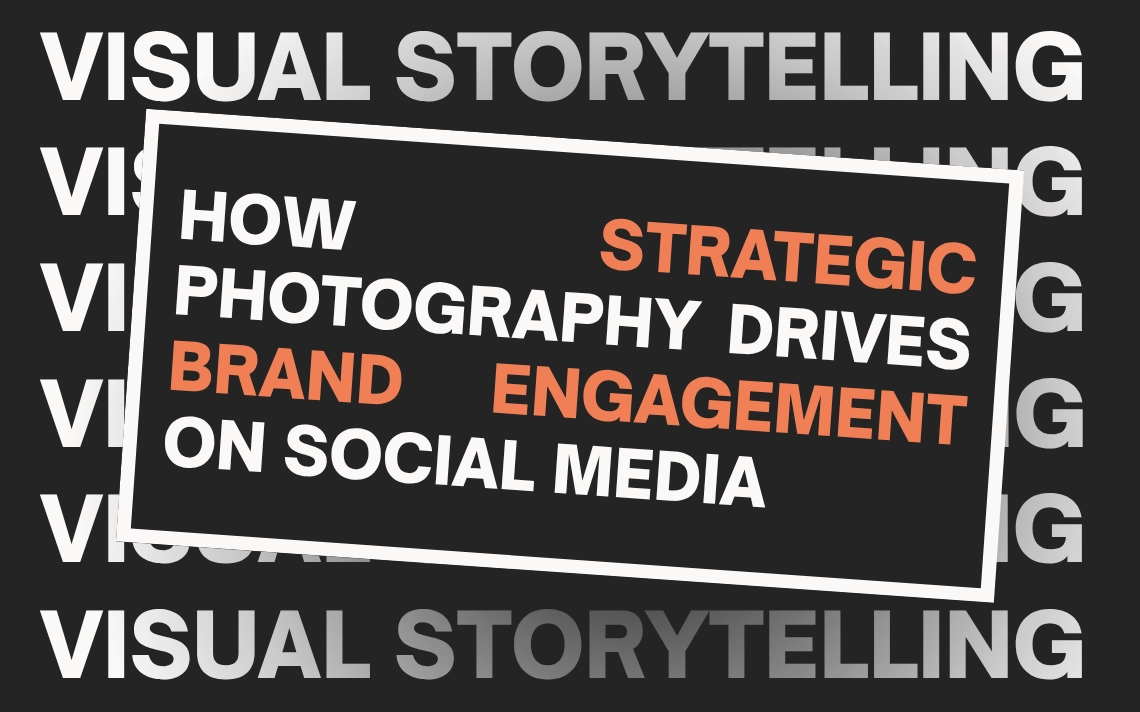
Comparative Analysis: Understanding Your Social Media Performance Against Industry Standards
Is your social media performance strong or just average for your industry? Many brand track metrics is isolation (likes, clicks, followers) without knowing how they stack up against competitors. The problem is, without industry benchmarks, performance data lacks context.
In this article, we’ll explore how to conduct a comparative analysis to measure your social media effectiveness against relevant industry standards and what to do with the insights.
What is Comparative Analysis in Social Media?
In simple terms, it’s a method of evaluating your brand’s metrics (engagement, reach, conversion, etc.) relative to competitors or industry averages.
The purpose of this analysis is to identify performance gaps and strengths, understand audience expectations in your sector and inform strategy adjustments and goal settings.
A good example is a B2C fashion brand comparing engagement rate benchmarks with top retail competitors.
Establishing the Right Benchmarks
The first step is to identify the correct metrics. These include:
- Engagement Rate (likes + comments ÷ impressions)
- Follower Growth
- Reach & Impressions
- Click-Through Rate (CTR)
- Conversion Rate
- Response Time (for customer engagement)
Once you’ve selected these, you’ll need to define the right comparison group. These could be competitors (direct or aspirational), industry averages (sourced from reports like Rival IQ, Sprout Social, or Hootsuite) and platform-specific benchmarks (Instagram vs TikTok vs LinkedIn differ greatly).
Lastly consider your timeframe, compare like-for-like periods e.g. “Q3 2025 vs industry Q3 2025 averages.”
Data Analysis
There are several tools and sources that can be utilised for this. Native analytics such as Meta Insights, TikTok Analytics and YouTube Studio. Third-party tools include, Sprout Social, Hootsuite, Socialinsider, and Rival HQ.

Take a step-by-step approach, first export you data for the same time period across different platforms. Identify your key metrics per channel. Next, gather benchmark data from reports or competitor profiles and compare your performance to each benchmark. Lastly, highlight where you overperform or underperform.
A key tip here is to keep it visual. Include charts or tables showing “Your Brand vs Industry Average.”
Interpreting the Results – What’s Next?
Now you have your data, how do you decipher it? There are several optimisation areas to look at:
- Content – Double down on the top-performing formats.
- Timing – align posting schedules with engagement peaks.
- Audience – Refine targeting or messaging to attract your niche.
- Platform Strategy – Allocate more budget to outperforming channels.
Think about what goals you want to set, use benchmarks to create realistic KPIs e.g. “Increase engagement rate by 15% to reach industry top quartile.”
Beyond the Numbers: Qualitative Analysis
Once you’ve reviewed the data-heavy side of the analysis, it’s now time to consider the emotion and tone that has influenced the numbers.
Explore tone & creativity in more depth: does your content feel authentic within your industry tone? What’s your audience sentiment? Are comments positive, inquisitive, or negative?
How does your brand position itself? How does your voice compare with competitors? Is it corporate, playful, or educational?
For example, a SaaS company may have lower engagement rates but stronger conversion metrics than a lifestyle brand.
Ongoing Benchmarking and Continuous Improvement
Set a review cycle for yourself – is it monthly, quarterly or campaign-dependent?
Track trends, industries are constantly changing and so are their averages, so ensure you stay current.
Test & improve, treat each benchmark as a living target, not a fixed goal.
Encourage collaboration, share findings across marketing and content teams to align strategy.
Conclusion: Benchmarking for Smarter Social Media Growth
Remember, it’s the numbers that matter in context but, it’s the comparative analysis that gives that context.
Benchmarking can help you interrogate data further and transforms vanity metrics into actionable insights.
Now it’s your turn: start by conducting your own comparative audit or your use your brand’s analytics service or template to start.
Or why not let us do it for you? Get in contact with the Giraffe Social team.





